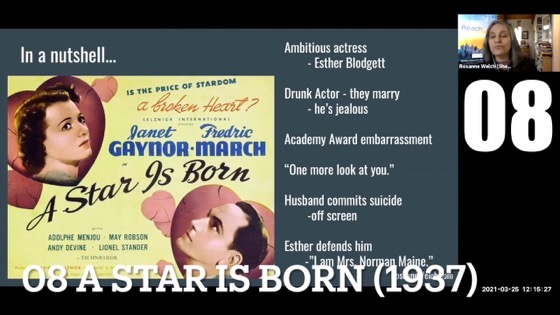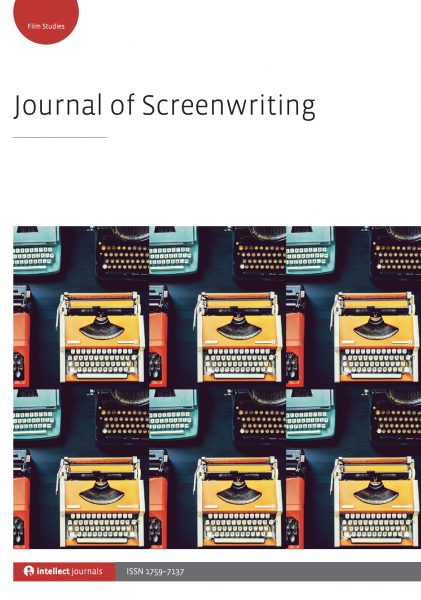Watch the entire presentation – Worry and Wonder | The Courier Thirteen Podcast | Episode # 29 here
Transcript:
Host: Was it called the little things?
Rosanne: Yeah it just came out on me on Netflix or HBO sorry.
Host: Yeah HBO Max.
Rosanne: Brand new so, again, you can’t keep up with 420 TV shows
Host: No, you can’t yeah.
Roanne: That’s that’s why buzz and word of mouth is now one of the most important things. It kind of always was but when there were only three or four channels or even 50 cable channels, you found things that people gelled around, and then it became a big event like Mad Men or something like that or Breaking Bad. Now it really becomes your little circle of friends. You recommend a show. I watch it. I tell somebody else I know outside of that circle. They might tell their group. That has become such an important sort of Venn diagram. Who’s seen this and who’s seen that and if you like this you’ll like that and we — that’s where we get our information from. So it’s a really important conversation for people to have for the benefit of the programs to get their audiences.
It’s always fun to sit down with students and share stories about entering the television industry and how things work at all stages and I had that opportunity the other day.
Daniela Torres, a just-graduated (Congratulations!) student of the Columbia College Semester in LA program asked me to guest on a podcast she had recently begun hosting with another college student she met during her internship (good example of networking in action!).
We could have talked all morning (the benefit of a 3 hour class session) but we held it to about an hour and fifteen minutes or so. Hopefully, along the way I answered some questions you might have about how the business works. So often it amounts to working hard at being a better writer and gathering a group of other talented, hard-working people around you so you can all rise together.
Dr. Rosanne Welch is a television writer with credits that include Beverly Hills 90210, Picket Fences, ABCNEWS: Nightline and Touched by an Angel. She also teaches Television Writing and the Art of Film at San Jose State University.
Rosanne discusses what made shows like Beverly Hills 90210 compelling, what to do and not to do when attempting to pitch a show to broadcast or streaming, what most young writers neglect in their writing process, and much more!
The Courier Thirteen Podcast is available on YouTube, Spotify, Apple Podcasts, SoundCloud, and Audible.
Podcast: Play in new window | Download
Subscribe: RSS
![21 You Can't Keep Up With TV Shows from Worry and Wonder | The Courier Thirteen Podcast [Video]](https://rosannewelch.com/wp-content/uploads/2021/10/rmw-courier-13-21.jpg)





![20 Screenwriting: Television Vs. Film from Worry and Wonder | The Courier Thirteen Podcast [Video]](https://rosannewelch.com/wp-content/uploads/2021/10/rmw-courier-13-20.jpg)
![07 More On Dorothy Parker from “Female Creatives & A Star Is Born” [Video]](https://rosannewelch.com/wp-content/uploads/2021/10/rmw-women-creatives-star-is-born-usc-07.jpg)

![19 Bingability from Worry and Wonder | The Courier Thirteen Podcast [Video]](https://rosannewelch.com/wp-content/uploads/2021/10/rmw-courier-13-19.jpg)

![06 Dorothy Parker from “Female Creatives & A Star Is Born” [Video]](https://rosannewelch.com/wp-content/uploads/2021/10/rmw-women-creatives-star-is-born-usc-06.jpg)